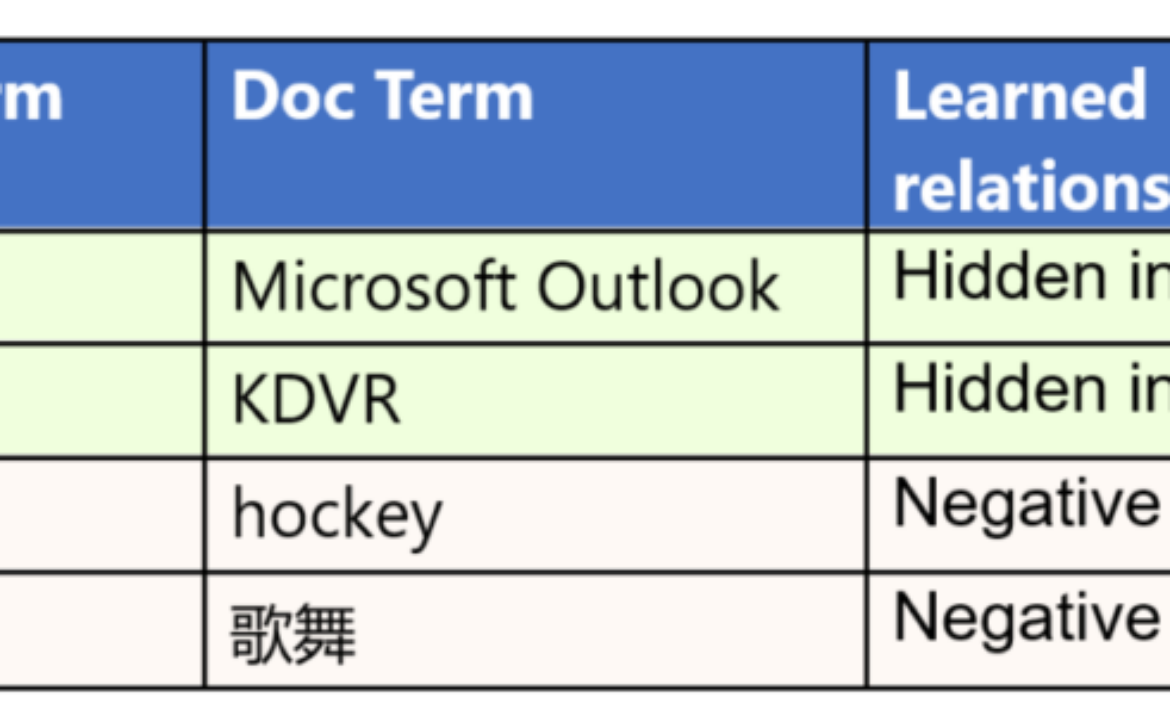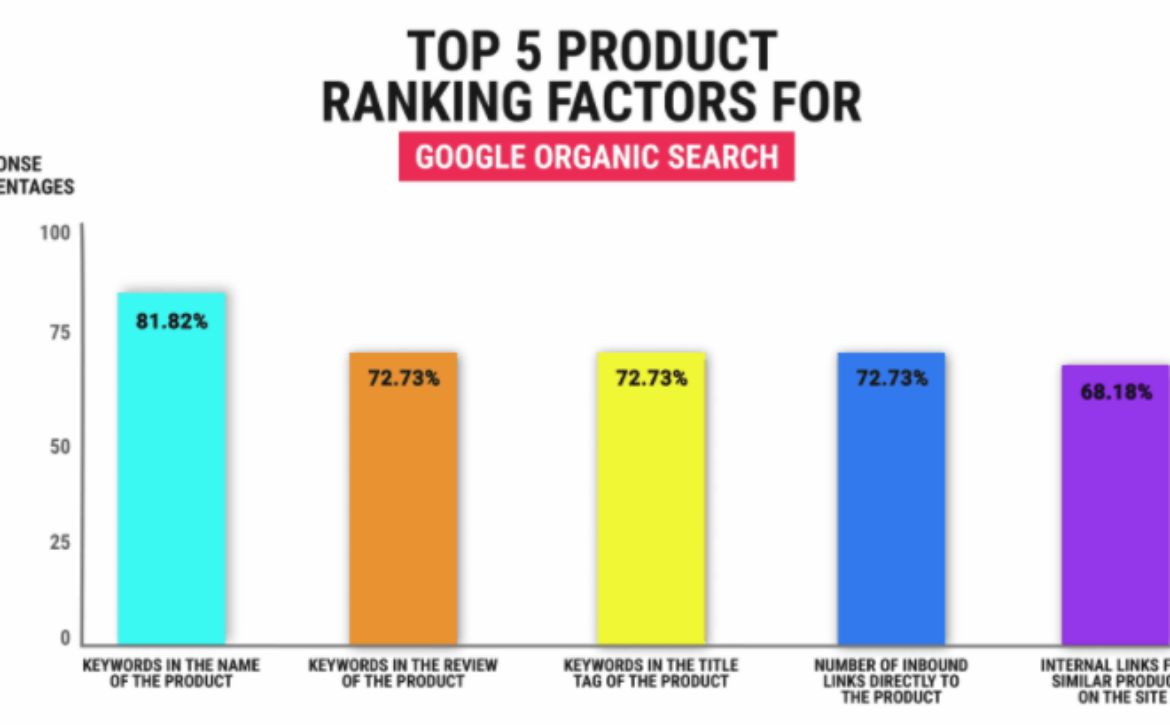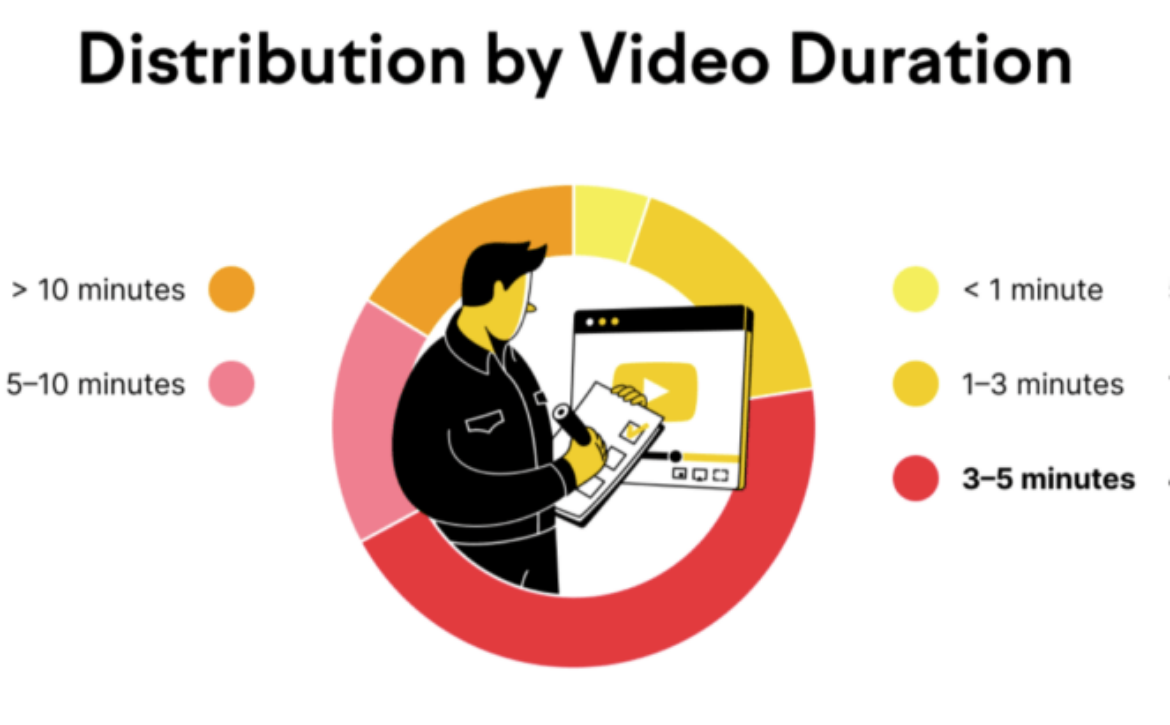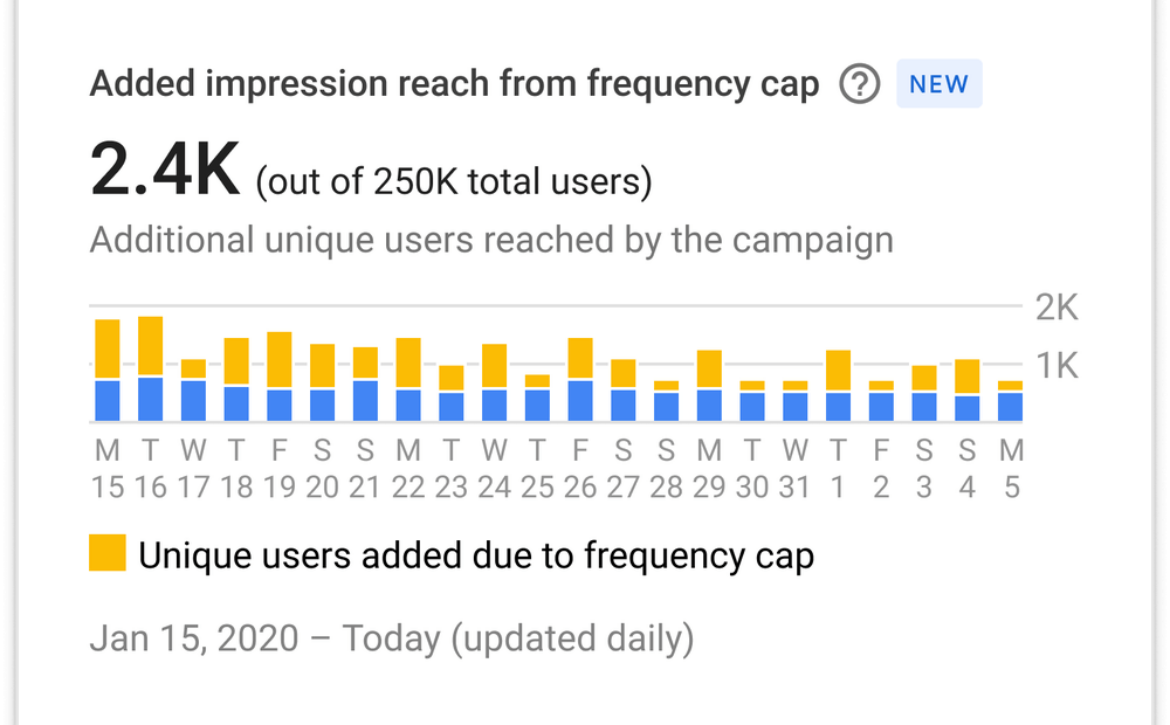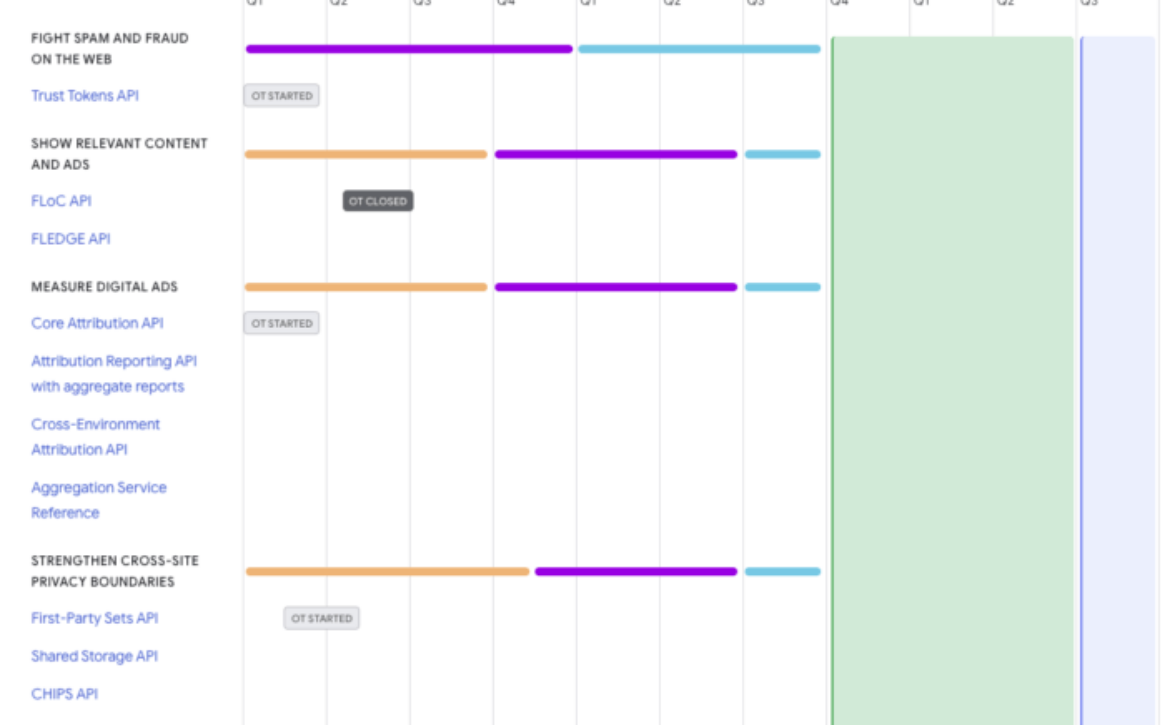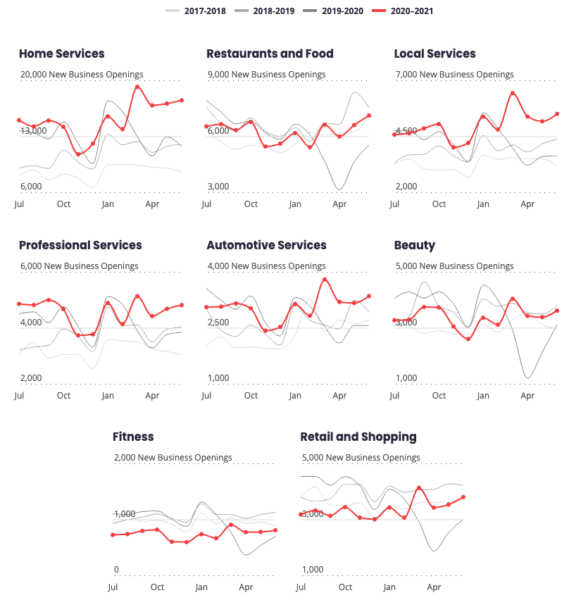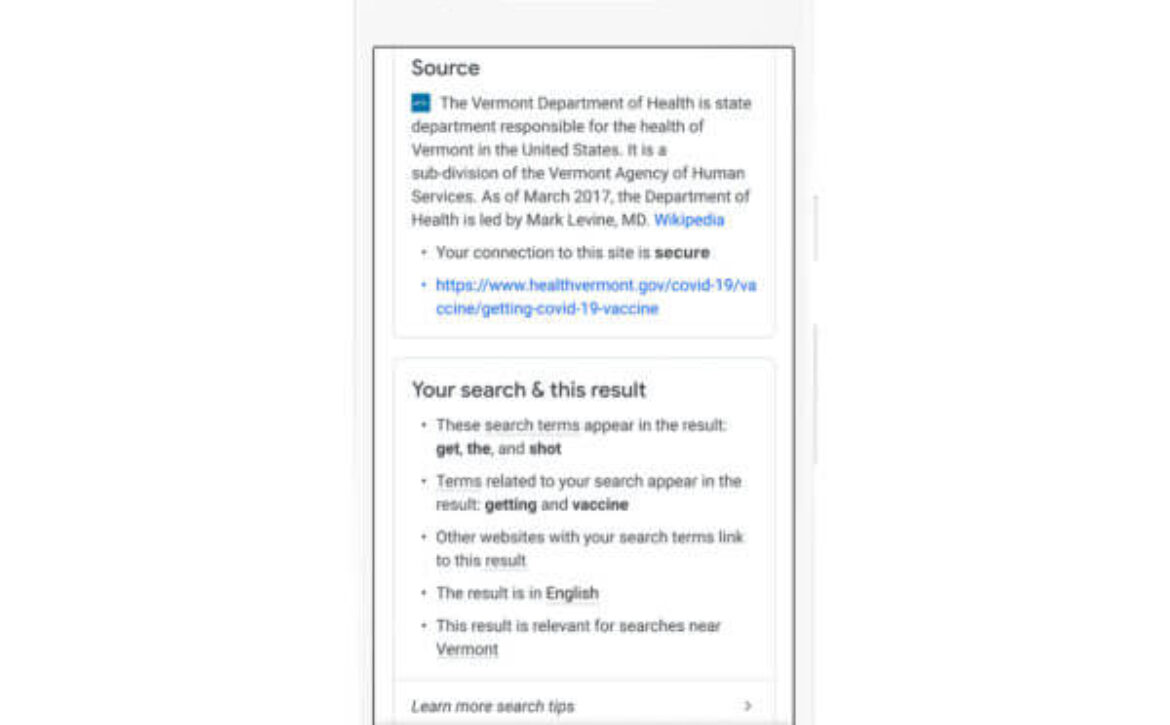MEB or meh? Make Every feature Binary is Bing’s new search tech; Thursday’s daily brief
Search Engine Land’s daily brief features daily insights, news, tips, and essential bits of wisdom for today’s search marketer. If you would like to read this before the rest of the internet does, sign up here to get it delivered to your inbox daily.
Good morning, Marketers, I’m not a big sports fan, but when there’s a domain dispute, count me in.
Those of you who have gone through a rebrand know how much effort goes into it. Unfortunately for Cleveland’s MLB team (which will soon be going by its new name, the Cleveland Guardians), the rebranding effort may have overlooked an important detail: the preferred domain. ClevelandGuardians.com is the official site for the men’s roller derby team of the same name.
The roller derbying Cleveland Guardians have been around since 2011, and on top of possessing the domain, the team also has the Facebook and Instagram accounts. Now, both entities seem to be positioning themselves for a trademark battle.
It wasn’t until four days after the Cleveland MLB team made its name change announcement that it filed for a federal trademark to begin selling merchandise, according to Cleveland 19 News. A couple days later, the roller derby team filed for their own trademark and launched their own online store.
It’s still unclear how this is going to end, but what is clear is that, if an MLB franchise with all the resources at its disposal can commit such an oversight, it could happen to any of us.
George Nguyen,
Editor
‘Make Every feature Binary’: Bing’s sparse neural network for improved search relevance
Bing has introduced “Make Every feature Binary” (MEB), a large-scale sparse model that complements its production Transformer models to improve search relevance. This new technology, which is now running on 100% of Bing searches in all regions and languages, has resulted in a nearly 2% increase in clickthrough rate for the top search results, a reduction in manual query reformulation by more than 1% and a 1.5% reduction of clicks on pagination.
“When looking into the top features learned by MEB, we found it can learn hidden intents between query and document,” Bing said. As shown in the image above, MEB was able to learn that “Hotmail” is strongly correlated to “Microsoft Outlook,” even though the two aren’t close in terms of semantic meaning. It can also identify negative relationships, like how users searching for “baseball” don’t typically click on pages about “hockey.”
MEB’s more nuanced understanding of content may also help to drive more traffic to brands, businesses and publishers, since the search results may be more relevant. And, its understanding of correlated phrases and negative relationships may enable marketers to spend more time focusing on what customers are really searching for instead of fixating on the right keywords to rank higher — this is especially applicable for rebranding scenarios (are you listening, Cleveland Guardians?). And, for the search industry overall, it may help Bing maintain its position as Google continues to innovate with new technologies like MUM.
How to limit waste and accelerate ROI in paid search marketing
Having spent the last 11 years surrounded by sales leaders, Amanda Farley, Partner and Director of Accounts and Digital Strategy at SSDM, picked up on some of their biggest successes and opportunities. But recently, she had the idea to apply them outside of the sales box and into her digital marketing campaigns. “This is really what sales and marketing integration is all about,” said Farley recently at SMX Advanced. “It’s about building the relationships, the trust and guiding [buyers] to impactful solutions that ultimately lead into more sales or leads.”
These buyer personas are based on a book called The New Strategic Selling by Robert B. Miller and Stephen E. Heiman. “Your strategy can only begin when you know who your players are,” added Farley. “The best way to think of it is like a football team: every player must be on the field to close the deal.”
- Economic buyer: Has the ability to commit funds to a purchase.
- User buyer: The end-user of your product or service.
- Technical buyer: Ensures all the technical specifications are met.
- Coach: Really wants your solution to win.
When we take this into our marketing efforts, we need to understand what each audience cares about most, what their content preferences are and what channels they’re most likely to engage with.
“We should allocate our budget first to digital because our brand is… um… digital-first.”
Before you switch agencies. “Too often, marketers put the media cart before the strategy horse,” said Marketoonist creator Tom Fishburne, “Media choices should be driven by the specific goals the marketers are trying to achieve. And the most value often comes from an integrated plan that combines multiple channels.”
No thanks. Jason Hennessey found a street pole flyer asking “Do you want to learn SEO?” Apparently, there’s only one correct answer, and it’s in all caps.
But, AdWords. Andrew Bethel spotted this text ad of, well, nothing. It just says “AdWords AdWords.” Interestingly enough, the URL it leads to belongs to a System1 company — System1 owns Info.com, which was the only search engine that seemed to have positive things to say about the Android search choice screen when I asked for comment earlier this year.
How to win against endless AI-generated content

We’re approaching what Ryan Law calls the “search singularity,” according to his blog post for Animalz. “AI writing tools mean that the marginal cost of a blog post is nosediving from multiple skilled person-hours to minutes spent in a freemium SaaS product,” Law said. “In the near future, any company with a modest budget and a functioning internet connection will be able to pump out truly mind-numbing volumes of content.”
The technology is getting better and more accessible. Like any tool, it’s really about the wielder rather than the tech itself. There will be those who use GPT-3-like models to assist in their writing and then there will be the ones who use it to churn out generic content. Since it’ll be so easy to do the latter, Law argues that the industry is headed to a point where the search results may be flooded with homogenous content — the “search singularity.”
Bad content impacts everyone: It makes users lose trust across the board and it makes it harder for us to cut through the noise. There are, however, things that human marketers are great at that can help us continue to achieve our objectives in the face of this deluge of samey content. Law recommends that marketers:
- Focus on information gain. AI can only work with what’s already available, but marketers can uncover new information and conduct interviews and surveys to bolster their content.
- Invest in thought leadership. If we humans are great at one thing, it’s giving you our opinions, which AI-generated content struggles to do. Bringing in elements of industry analysis, storytelling and even personal narrative can help you stand out in this regard.
- Create a new experience. Creativity will continue to be a valuable trait if we ever reach the search singularity. By putting our own spin on something, marketers can create content that resonates with their specific audiences — just look at what Lin-Manuel Miranda did with Hamilton.
The post MEB or meh? Make Every feature Binary is Bing’s new search tech; Thursday’s daily brief appeared first on Search Engine Land.


